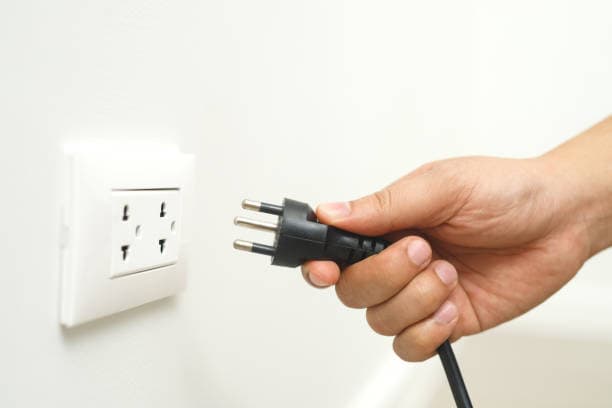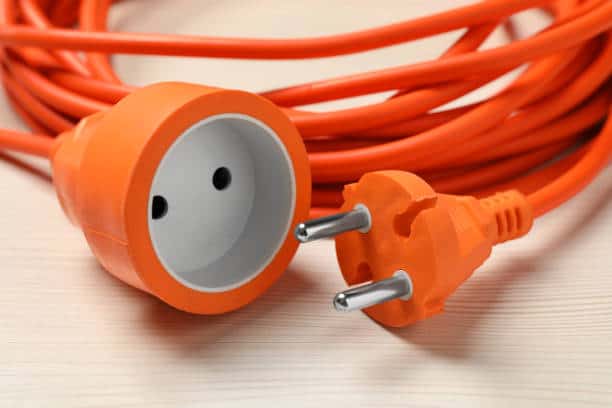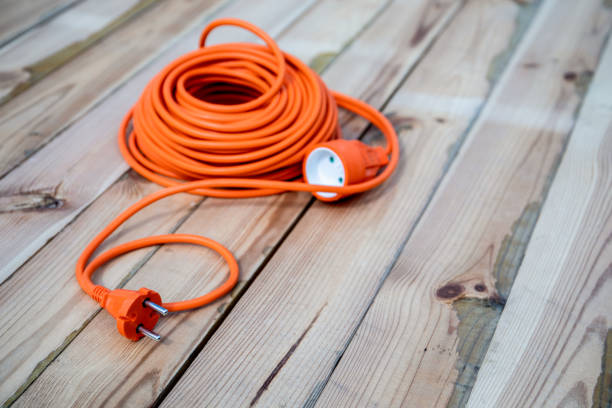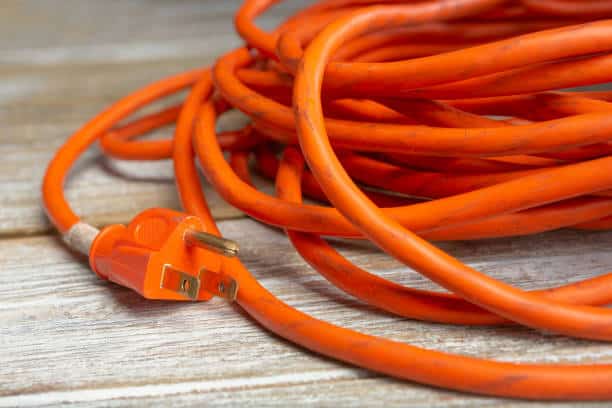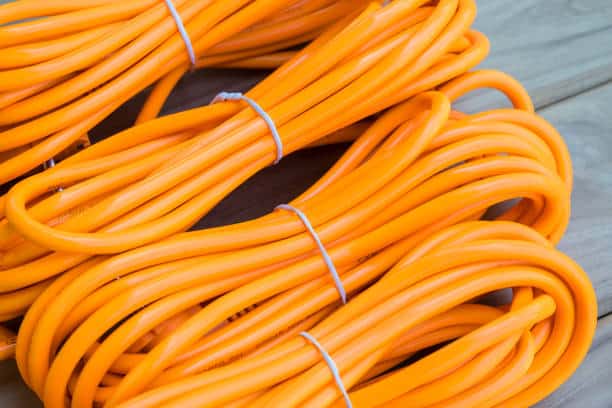What is the benefit of retractable extension cords?

Are you tired of messy cables or limited reach? Retractable extension cords are a game-changer for organizing and optimizing cable usage. But what are their true benefits?
Retractable extension cords save space, reduce clutter, and enhance convenience, making them ideal for both home and industrial use.
Let’s explore why they’re a must-have tool.
Why were cables coiled?
Why did people start coiling cables in the first place?
Cables were coiled to improve storage, reduce tangles, and protect them from damage.
This design became essential for portability and ease of use in both personal and professional environments.
Dive deeper: The origins and benefits of coiled cables
1. Easy storage
Coiling prevents cables from becoming a tangled mess:
- Saves space in toolboxes, garages, or workstations.
- Reduces the effort needed to untangle cords.
2. Enhanced portability
- Coiled cables are compact, making them easy to transport.
- Ideal for jobs requiring frequent movement.
3. Damage prevention
Coiling protects the cable from:
- Kinks or bends that may cause internal wire damage.
- Premature wear from exposure to elements.
4. Efficiency in use
- Coiling allows users to adjust the length based on their needs.
- Reduces unnecessary slack, which can be a tripping hazard.
| Benefit | Description | Example |
|---|---|---|
| Storage efficiency | Saves space | Garage storage |
| Portability | Easy to carry | On-site work |
| Damage protection | Prevents kinks and wear | Industrial environments |
Tip: Always store cables in a dry, safe place to extend their lifespan.
How does retractable work?
What makes a retractable extension cord function seamlessly?
A retractable extension cord operates with a spring-loaded mechanism or motorized reel, allowing the cord to extend and retract smoothly.
This mechanism combines convenience with safety for various tasks.
Dive deeper: The mechanism behind retractable cords
1. Spring-loaded system
- Mechanism: A coiled spring inside the reel stores energy as the cord extends. When released, the spring pulls the cord back.
- Advantages: Simple, reliable, and cost-effective.
2. Motorized retraction
- Operation: Uses an electric motor to retract the cord automatically.
- Use case: Heavy-duty models for industrial or commercial setups.
3. Locking mechanism
- A built-in lock allows users to secure the cord at their desired length:
- Prevents unintentional retraction.
- Adds stability during operation.
4. Cord guides
- Ensure smooth retraction without tangles.
- Help maintain the cord’s structural integrity.
| Feature | Spring-Loaded | Motorized |
|---|---|---|
| Mechanism | Manual retraction | Automatic retraction |
| Common Use | Household, light industrial | Heavy-duty applications |
| Key Benefit | Cost-effective | Effortless operation |
Tip: Handle the cord gently during extension or retraction to avoid damaging the internal mechanism.
Are retractable extension cords safe?
Can you rely on retractable extension cords for all tasks?
Retractable extension cords are generally safe when used correctly, but their safety depends on the quality, usage, and environment.
Let’s examine the safety aspects in detail.
Dive deeper: Safety considerations for retractable cords
1. Quality of the cord
- Look for cords with certifications such as UL (Underwriters Laboratories) or CE (Conformité Européenne).
- Ensure the cord has overload protection to prevent overheating.
2. Proper usage
- Match the cord’s power rating to your device's requirements.
- Avoid overloading the cord, as this can cause overheating or damage.
3. Environment
- Indoor use: Most retractable cords are designed for dry environments.
- Outdoor use: Choose weatherproof models with reinforced insulation for outdoor tasks.
4. Maintenance
- Inspect the cord regularly for signs of wear or damage.
- Ensure the reel mechanism operates smoothly without jams or snags.
5. Common risks
- Overloading: Exceeding the cord’s capacity can lead to overheating.
- Improper retraction: Allowing the cord to snap back can damage the reel or cord.
Safety tip: Always unplug the cord when not in use and store it in a secure, dry location.
Why does a coiled cable get hot?
Have you noticed that coiled cables sometimes become warm during use?
A coiled cable gets hot due to heat buildup caused by the restriction of airflow and increased electrical resistance.
This phenomenon can pose safety risks if not managed correctly.
Dive deeper: Understanding heat buildup in coiled cables
1. Restricted airflow
- Coiling limits the cable’s surface area exposed to air.
- Reduced airflow prevents heat from dissipating effectively.
2. Increased resistance
- Electricity passing through the cable generates heat.
- Coiling concentrates this heat, raising the temperature.
3. Overloading
- Drawing more current than the cable’s rating amplifies heat production.
- Prolonged use under high loads can damage the insulation.
4. Safety risks
- Overheated cables may melt their insulation.
- In extreme cases, this could lead to electrical fires.
5. Preventive measures
- Use the cord fully extended to allow better airflow.
- Avoid exceeding the cord’s power rating.
| Cause | Effect | Solution |
|---|---|---|
| Restricted airflow | Heat buildup | Fully extend the cord |
| Increased resistance | Higher operating temperatures | Use a cord with proper rating |
| Overloading | Risk of fire or damage | Match power needs |
Tip: Always monitor cords during use, especially for high-power devices, to prevent overheating.
Conclusion
Retractable extension cords offer numerous benefits, from space-saving convenience to reducing clutter. Understanding their mechanisms, safety precautions, and potential risks helps you use them effectively in various environments. By following these guidelines, you can ensure both optimal performance and safety.

